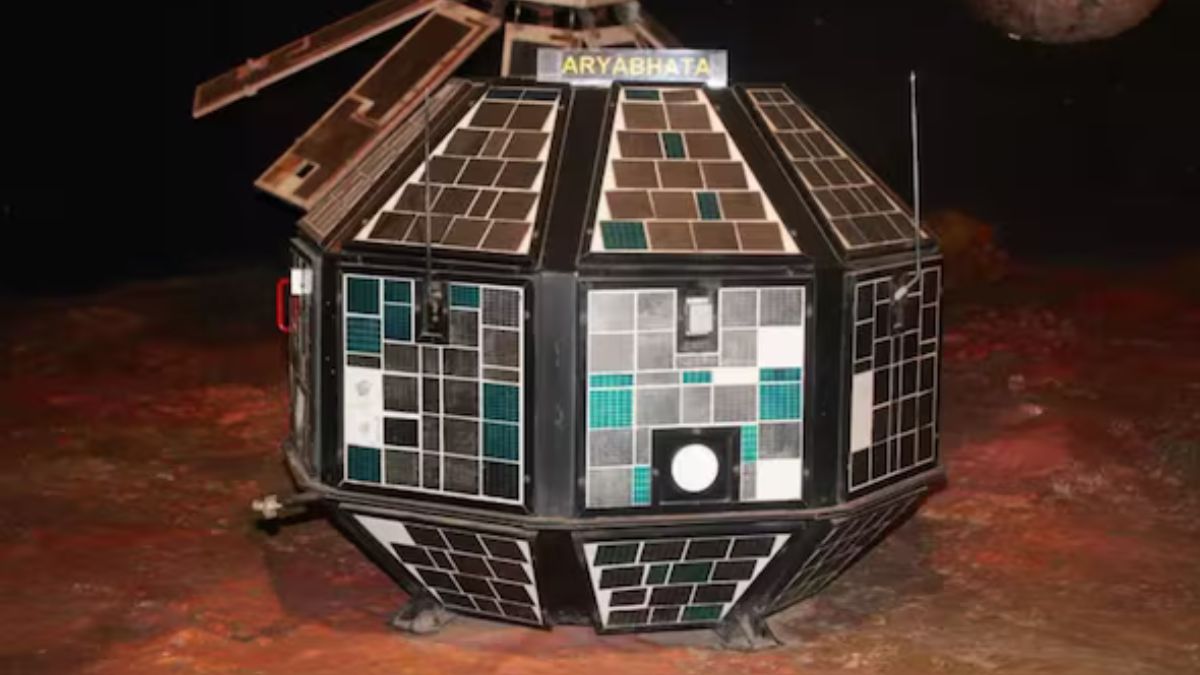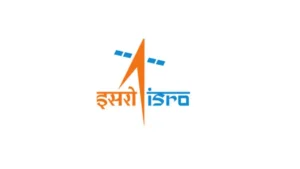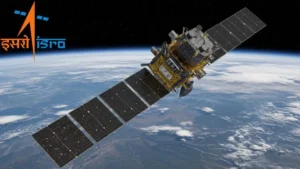India celebrates the golden jubilee of Aryabhata, its first indigenously developed satellite, launched on April 19, 1975. Named after the ancient Indian mathematician and astronomer, Aryabhata symbolizes a historic leap in India’s scientific journey and the rise of ISRO as a global space agency. Despite technological constraints and limited infrastructure during the Cold War era, the success of Aryabhata laid the foundation for India’s future space missions and continues to inspire generations of scientists and engineers.
Key Points
What is Aryabhata?
- India’s first experimental satellite, developed entirely by ISRO.
- Named after Aryabhata, the 5th-century Indian mathematician and astronomer.
- Represented India’s formal entry into the community of spacefaring nations.
Launch Details
- Date of Launch: April 19, 1975
- Launch Vehicle: Soviet Kosmos-3M rocket
- Launch Site: Kapustin Yar, Russia
- Launched in partnership with the Soviet Union due to India’s lack of indigenous launch capabilities at the time.
Historical Background
- Developed under the leadership of Dr. Vikram Sarabhai and Prof. U.R. Rao.
- Built by a small team of 25 ISRO engineers.
- Developed during the Cold War when India had limited resources and infrastructure.
- Represented the beginning of indigenous space technology development.
Key Features of Aryabhata
- Shape: Quasi-spherical with 26 flat faces.
- Dimensions: 1.59 meters in width and 1.19 meters in height.
- Solar Panels: Covered 36,800 sq. cm, generating 46 watts of power.
Scientific Instruments: Focused on,
- X-ray astronomy
- Solar physics
- Ionospheric studies
Mission Timeline & Operations
- Mission Duration: Communication lost after 5 days due to a power failure.
- Despite early failure, Aryabhata remained in orbit for several years, contributing to orbital data collection.
Significance and Legacy
- Pioneering Moment: Marked India’s entry into space research and satellite development.
Learning Platform: Provided critical experience in,
- Satellite fabrication
- Systems engineering
- Ground communication
- National Pride: Featured on India’s two-rupee banknote.
Pathbreaking Influence: Set the stage for future missions,
- Chandrayaan (Moon Mission)
- Mangalyaan (Mars Mission)
- Aditya-L1 (Solar Mission)
- Inspiration for Generations: Embodied Indian resilience, innovation, and aspiration in the face of adversity.
| Summary/Static | Details |
| Why in the news? | 50 Years of Aryabhata Satellite: A Milestone in India’s Space Odyssey |
| Name | Aryabhata |
| Launch Date | April 19, 1975 |
| Launch Vehicle | Soviet Kosmos-3M |
| Launch Site | Kapustin Yar, Russia |
| Developed By | ISRO |
| Team Size | ~25 Engineers |
| Shape | Quasi-spherical (26 flat faces) |
| Dimensions | 1.59 m width × 1.19 m height |
| Power Generation | 46 watts from 36,800 sq. cm solar panels |
| Scientific Objectives | X-ray astronomy, solar physics, ionospheric studies |
| Communication Duration | 5 days (lost due to power failure) |
| In Orbit | Remained for several years |



 ISRO Launches RESPOND Basket 2025, Calls...
ISRO Launches RESPOND Basket 2025, Calls...
 LVM3-M6 Rocket Set to Launch on December...
LVM3-M6 Rocket Set to Launch on December...
 Michaela Benthaus to Make History as Fir...
Michaela Benthaus to Make History as Fir...







